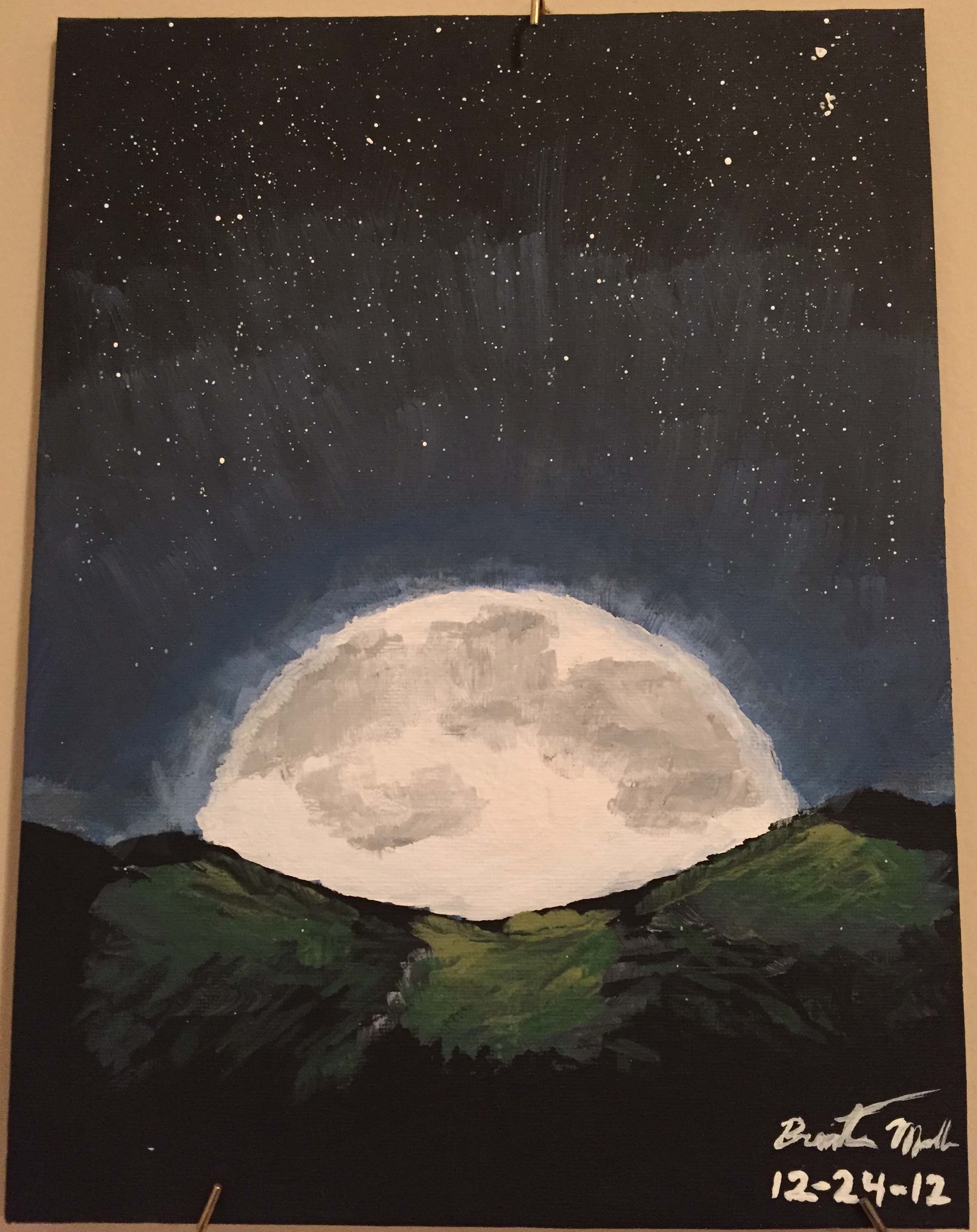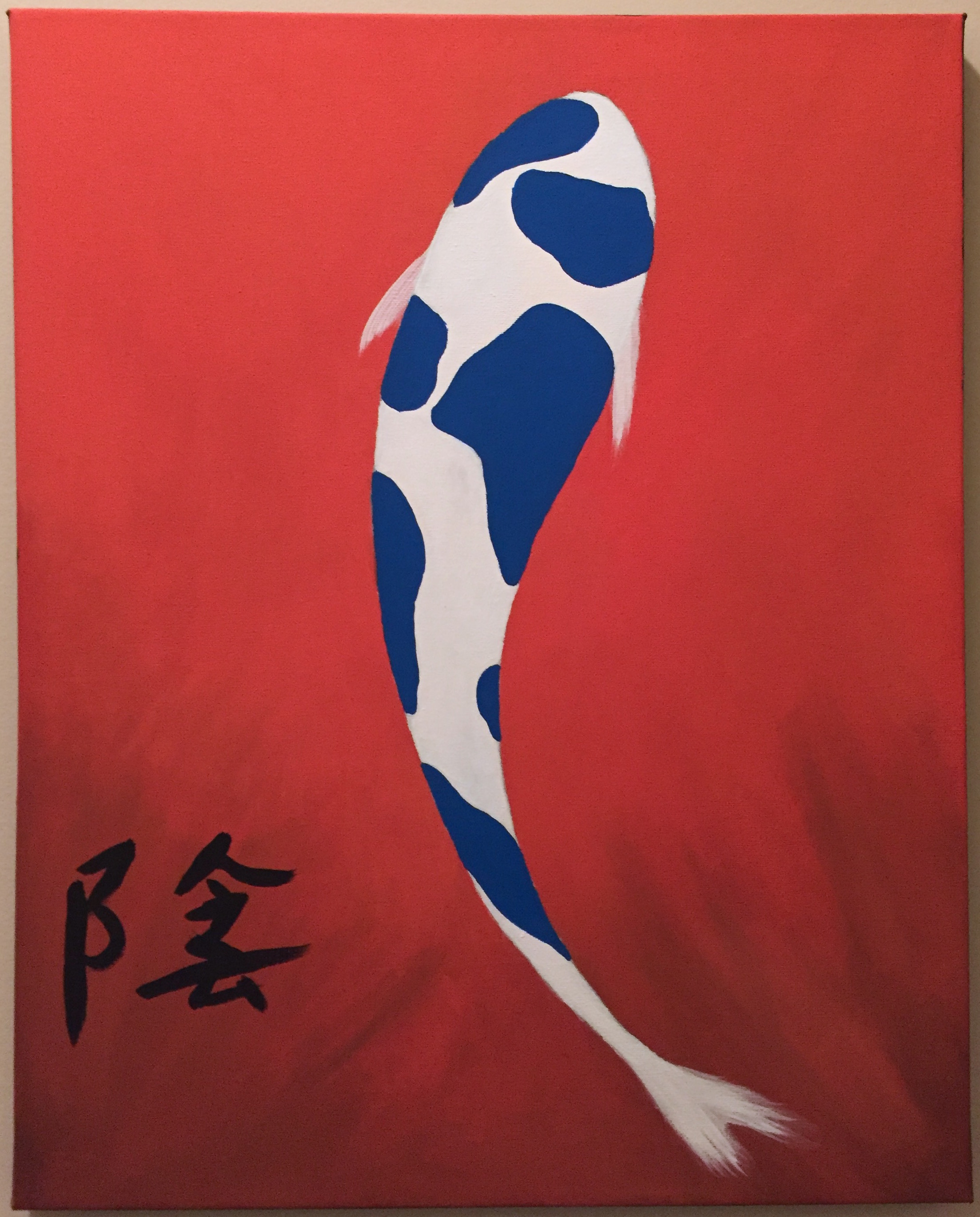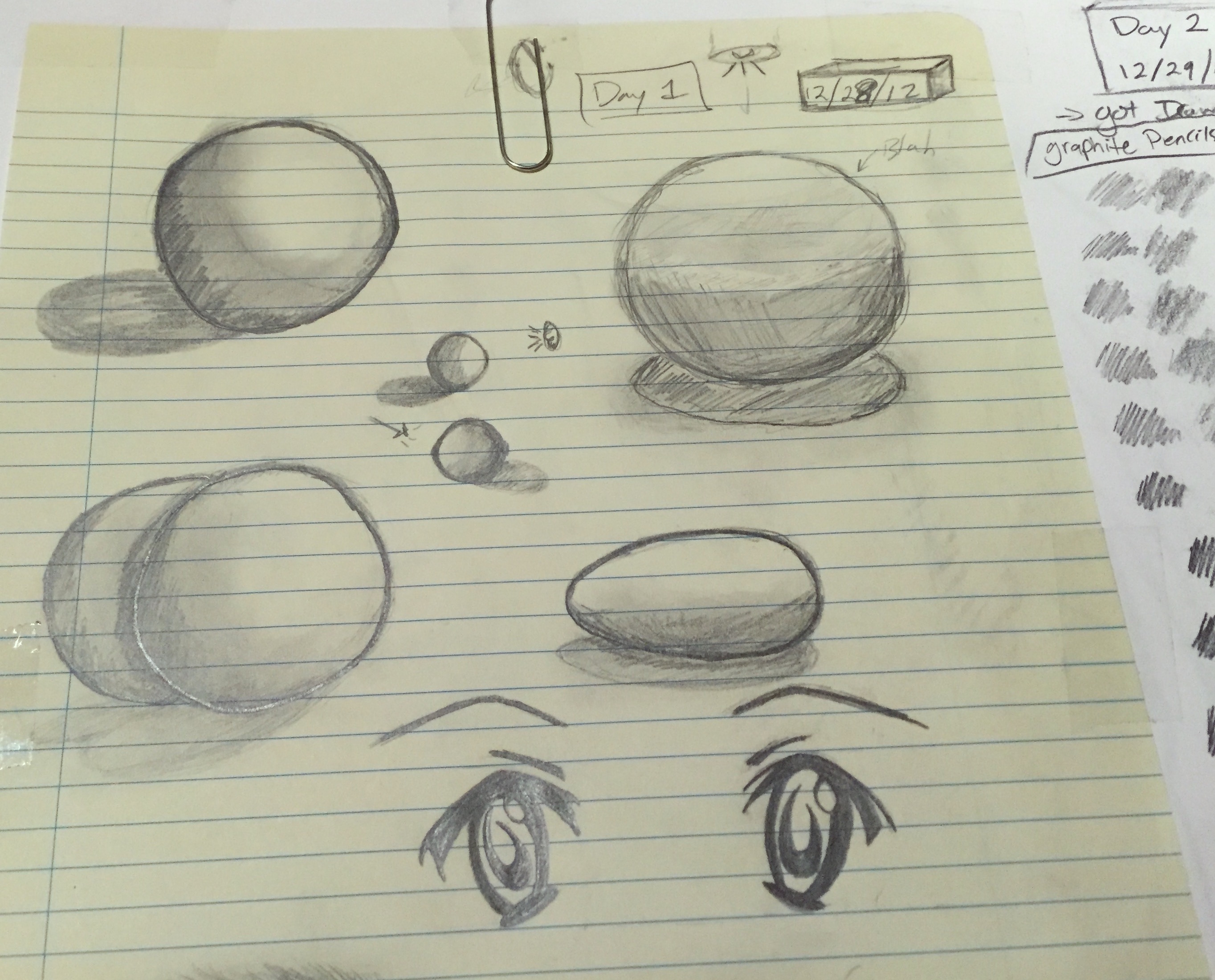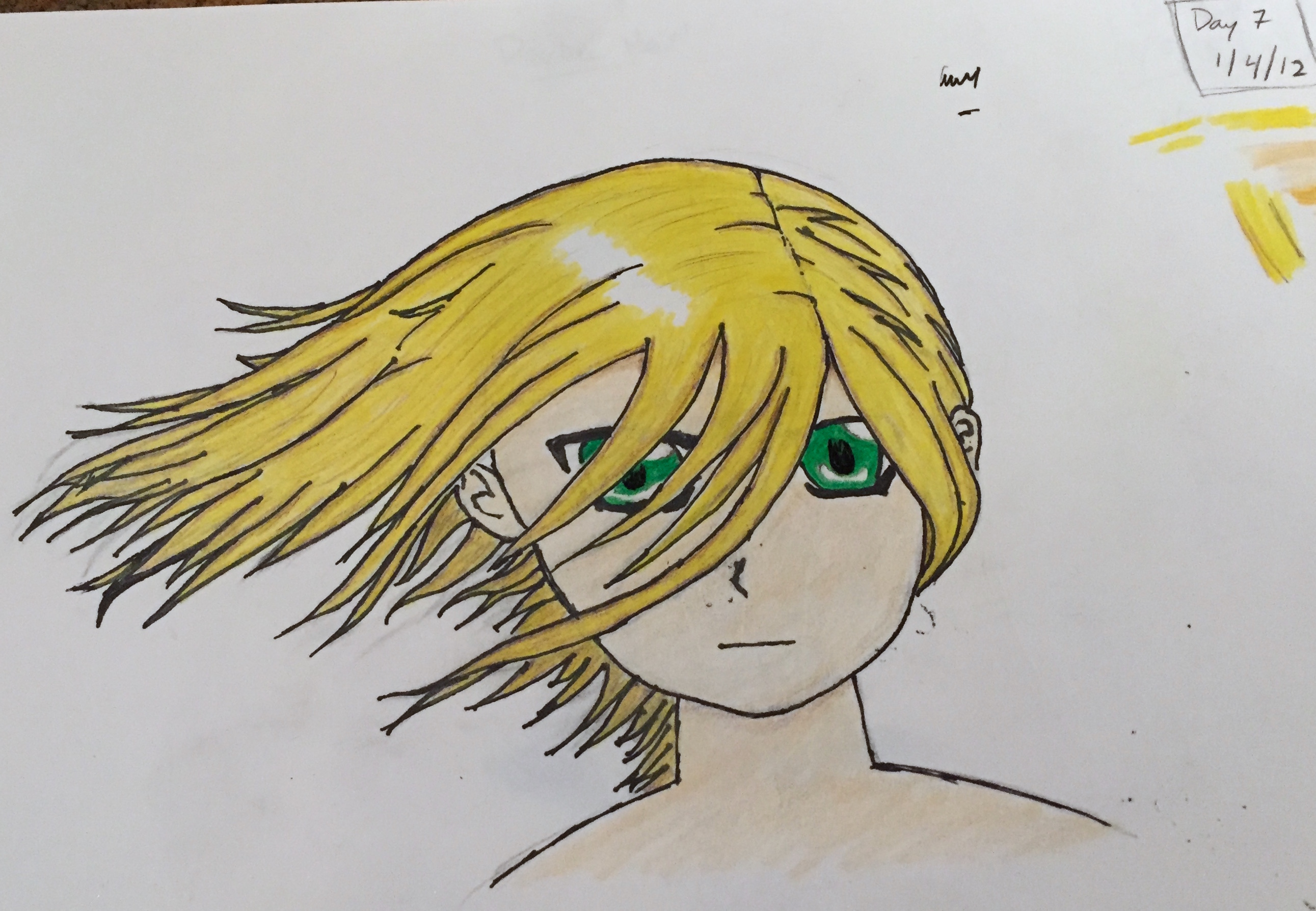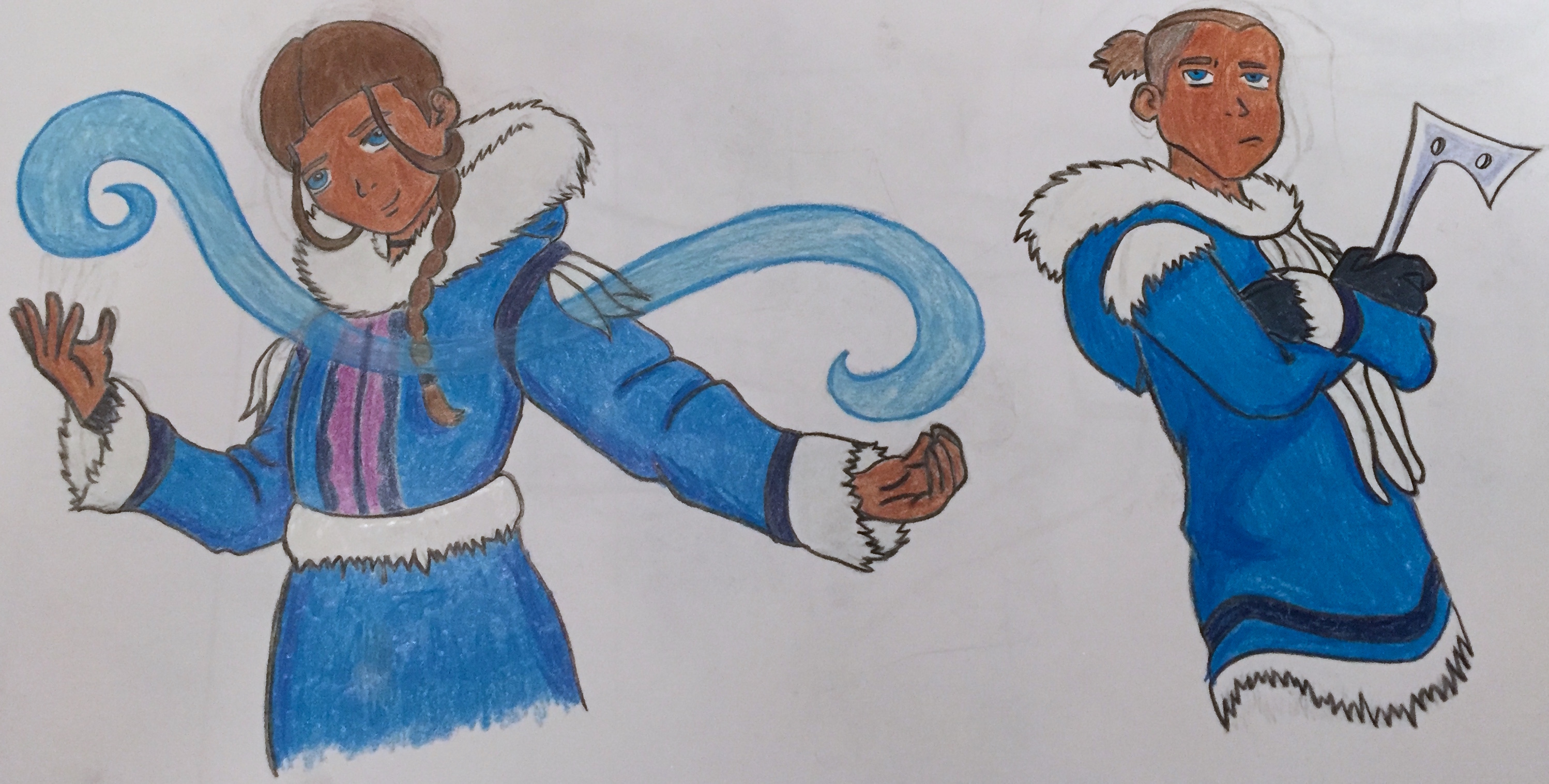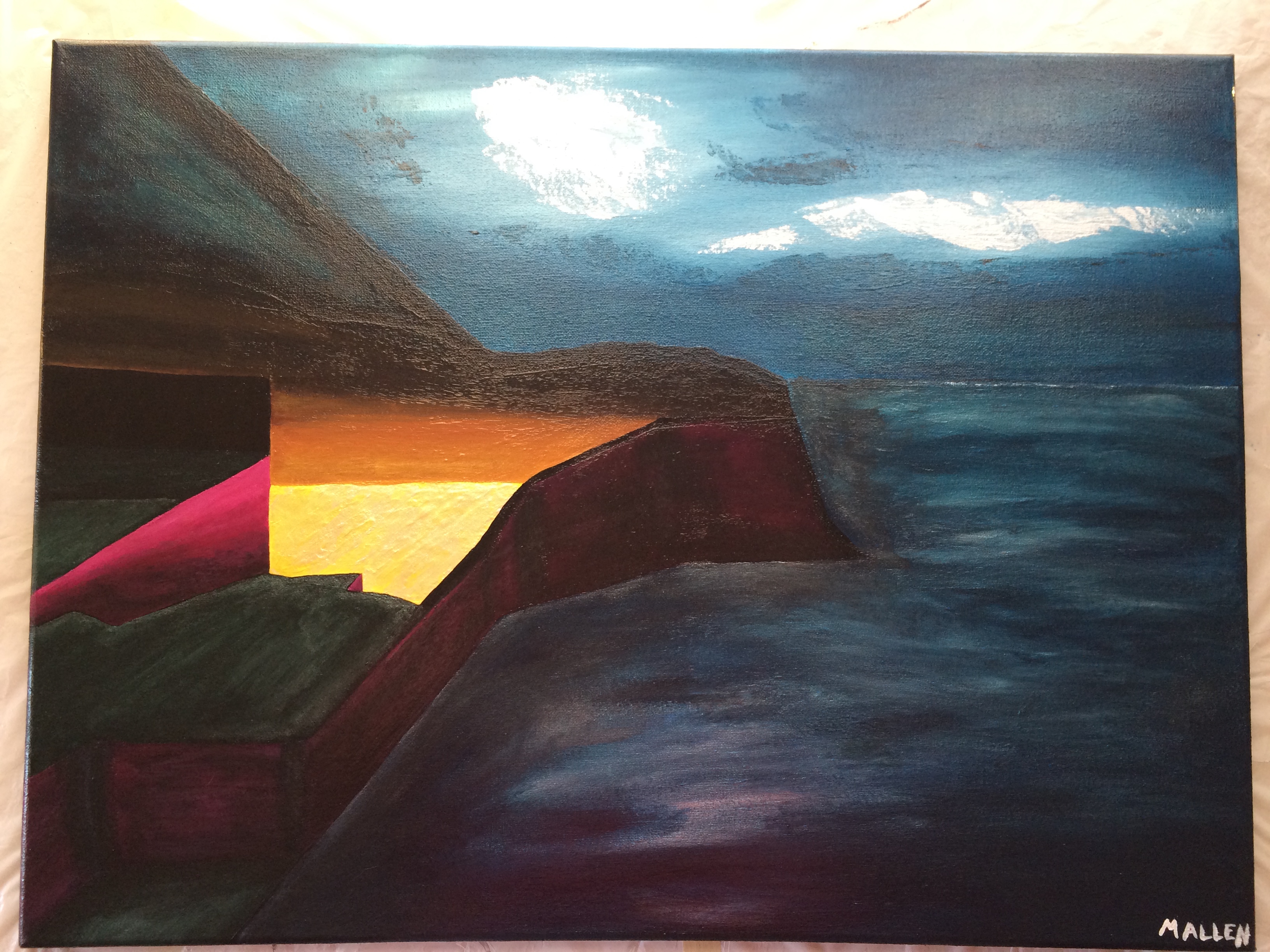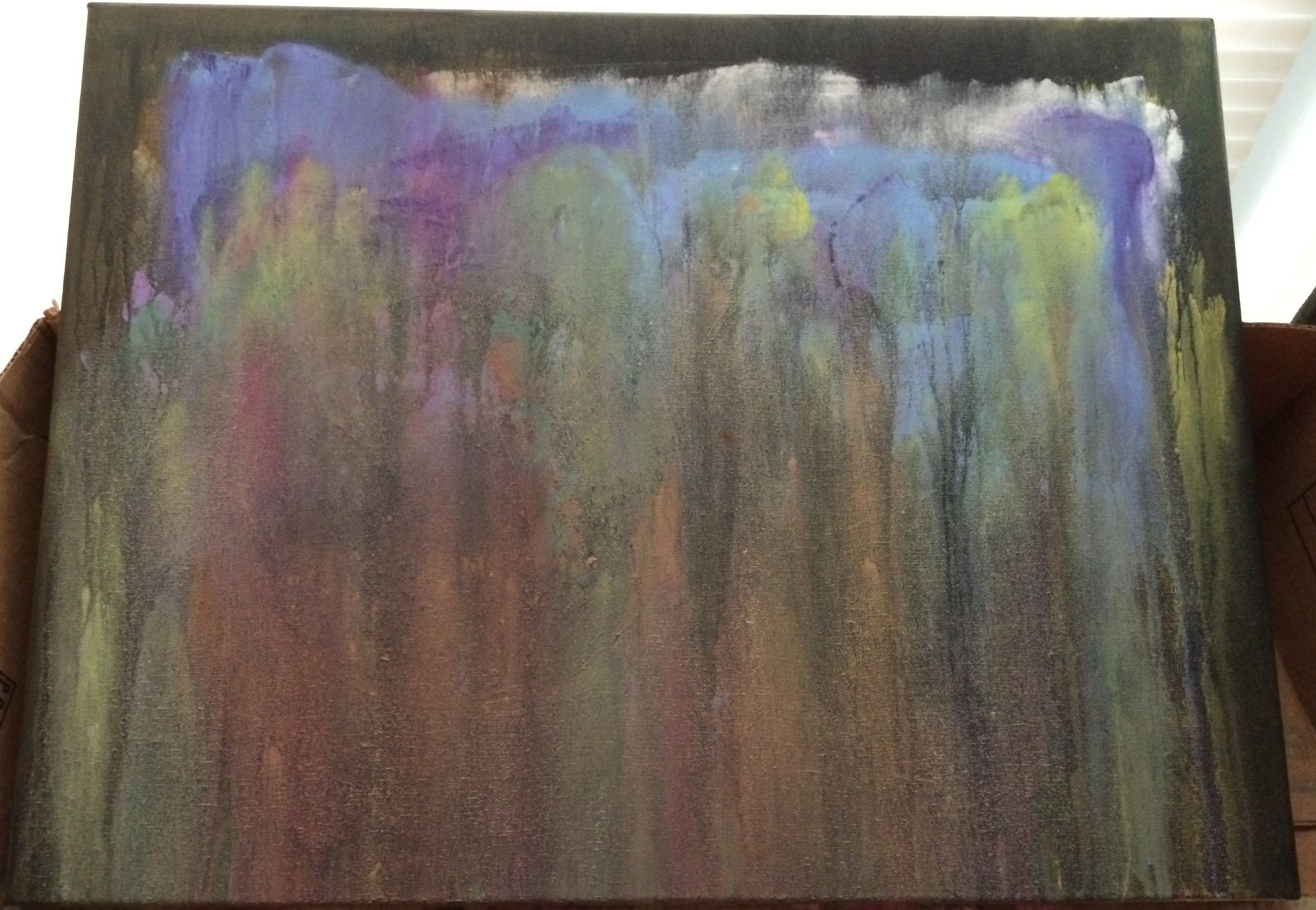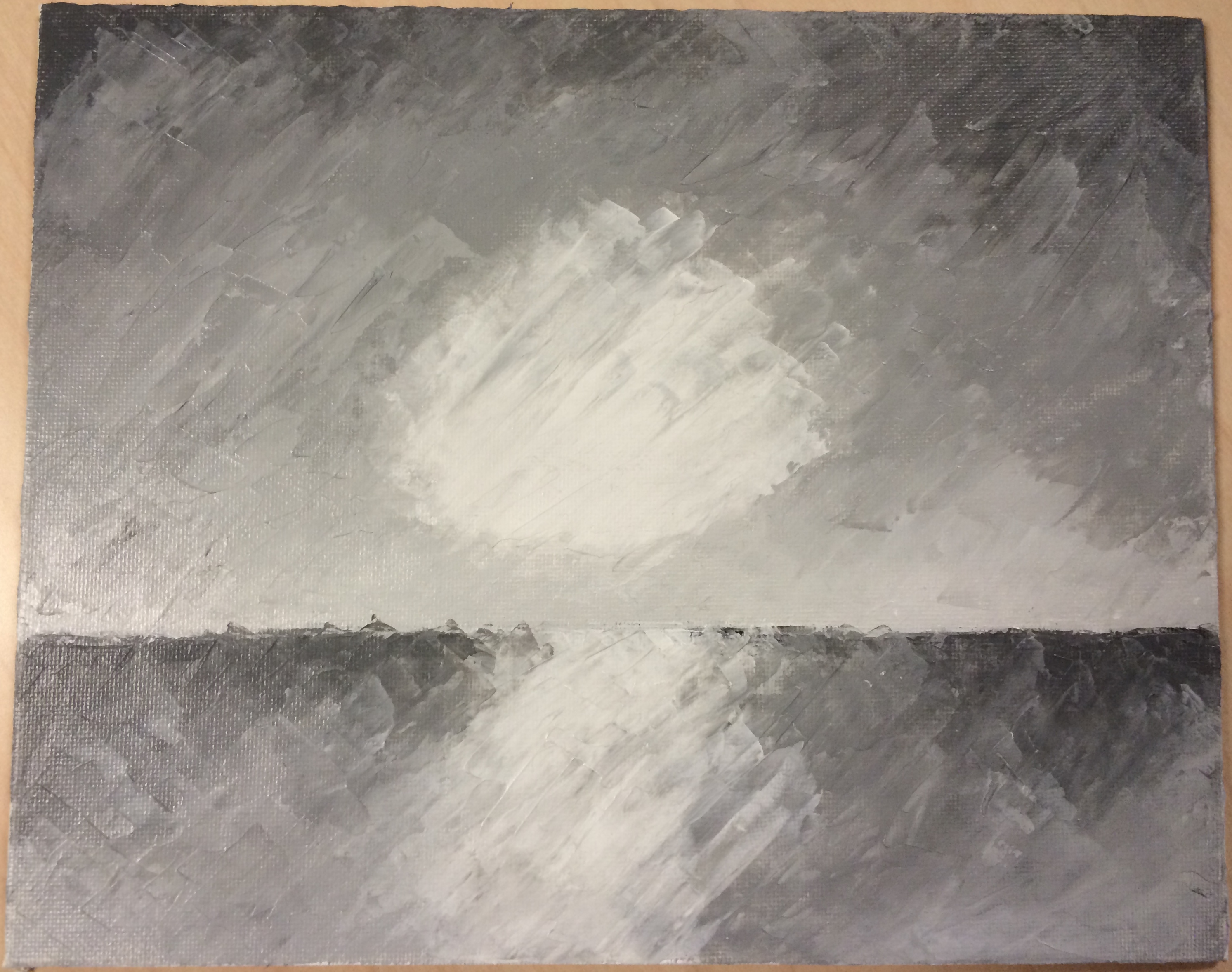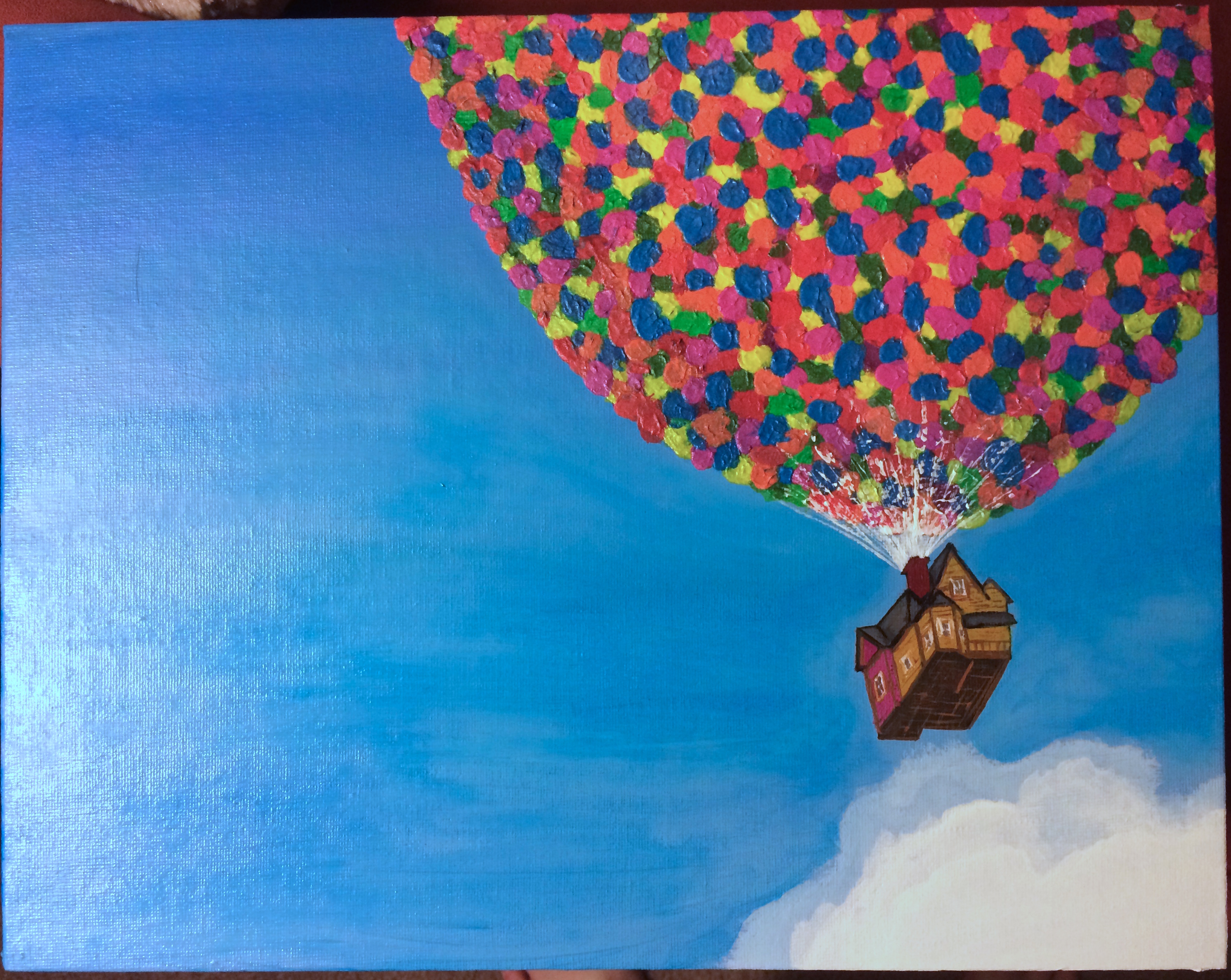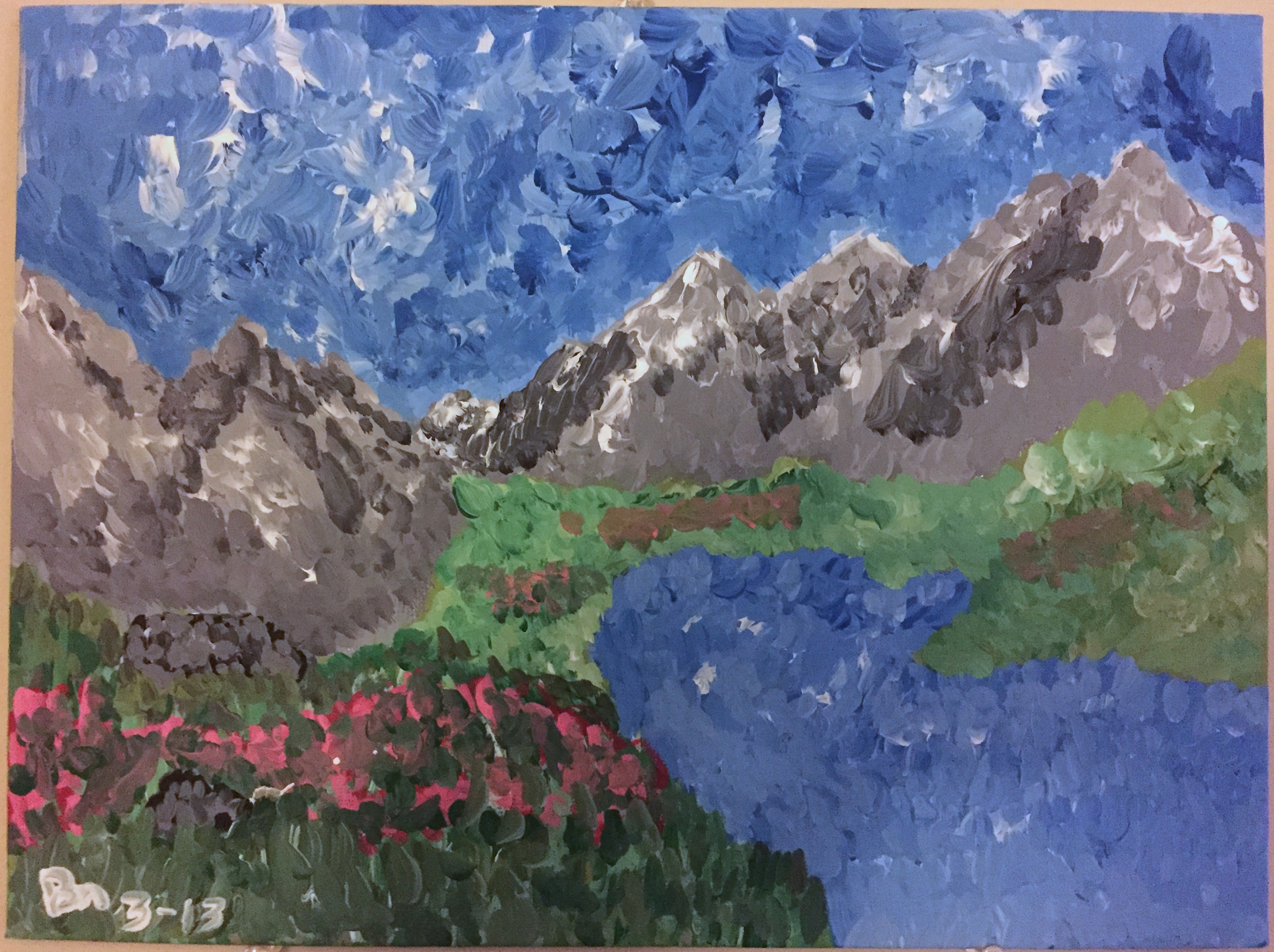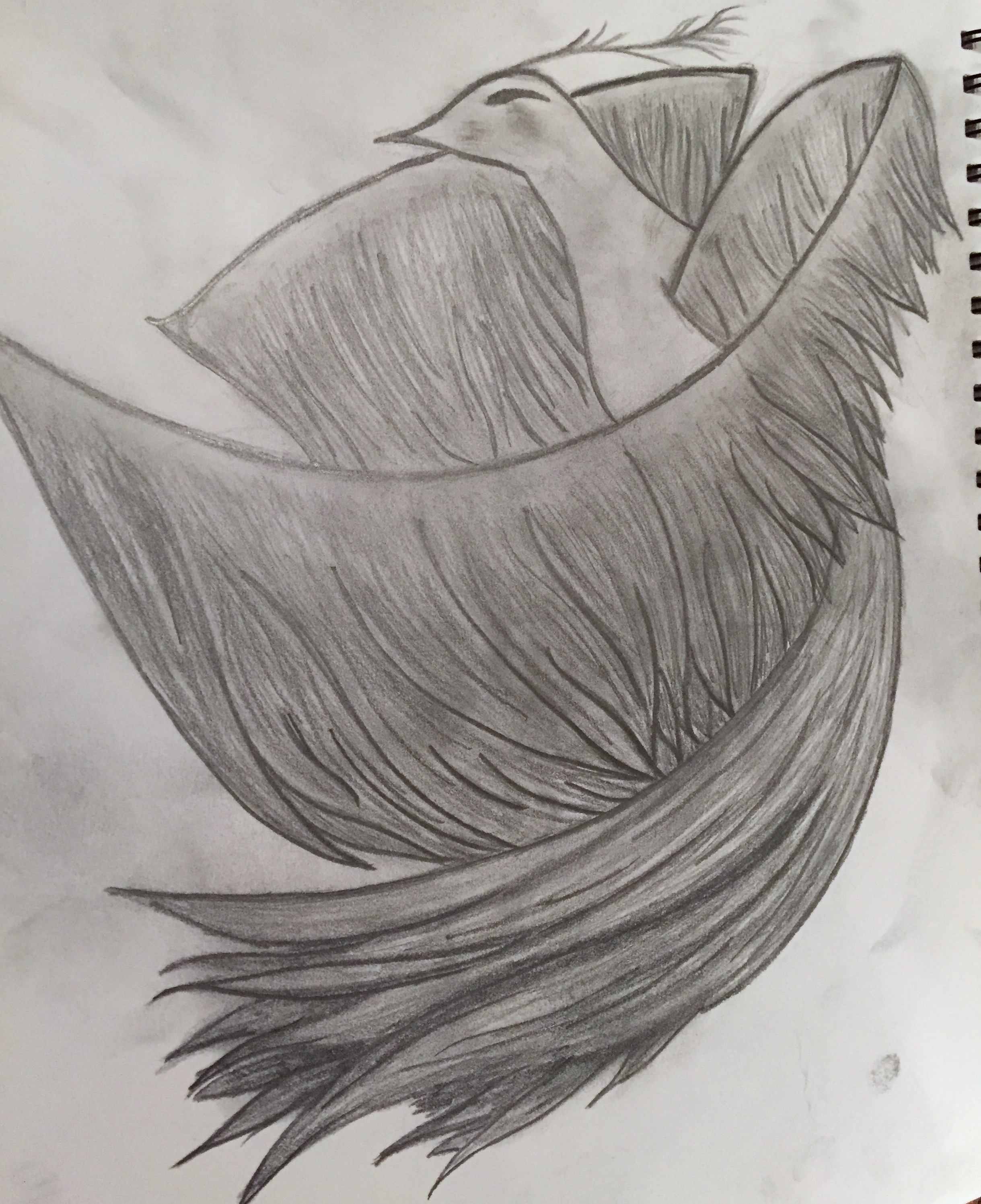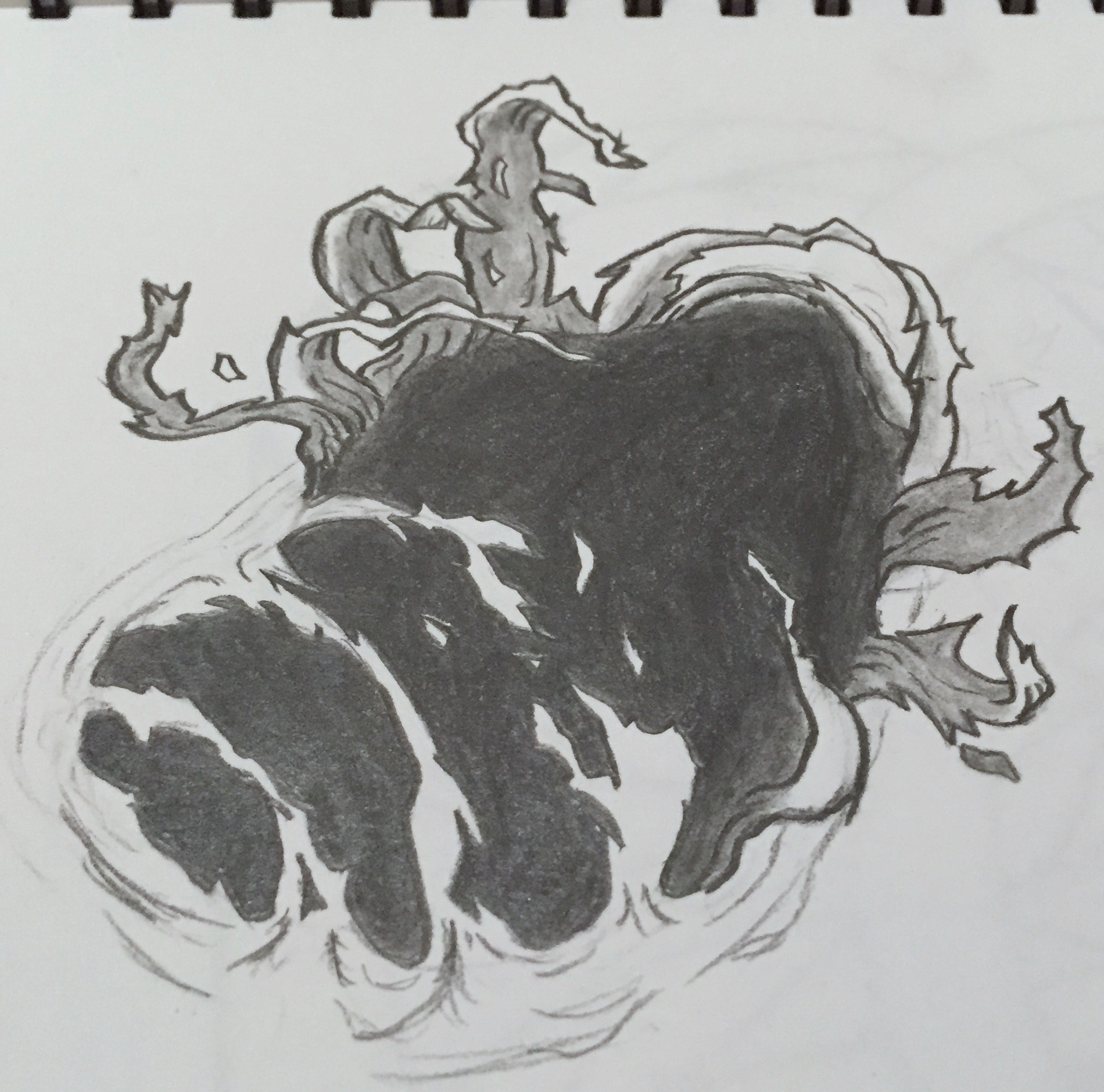I am currently a Data Scientist but my degrees are in Ocean Engineering with a focus in underwater acoustic signal and image processing. I mention this only to convey that my mind is a logical one and it always has been. As far back as I can remember, I was tinkering, building and taking things apart just to prove that manufacturers always put in extra screws. Which is why I went into a more logic driven career path. But I’ve always had a (forgive the pun) draw towards art. I loved it and I admired people who had this seemingly natural ability to create these amazing drawings/paintings. Quite honestly, I was envious of those people because, in my head, my creative side was at odds with my logical side. When I would attempt a drawing, it would undoubtedly involve geometric shapes and lines that were unappealing and didn’t flow. While geometric artwork can be attractive, these however, were not.
[I feel I must state that I don’t mean to say that artistic engineers don’t exist, in fact, one could argue that creativity in design is a requirement for an engineer. However, I would say that, most of the time, design in the engineering world is more purpose/requirement driven than artistically driven.]
I had this constant frustration of having the desire to create art but convinced I hadn’t the ability. (I still feel this way, sometimes) This didn’t stop be from sporadically trying though and I even attempted metal artwork while working as a welder and machinist in high school and college. But things didn’t really start to come together until a few years ago.
What happened? you might ask. Well, quite simply, I just started drawing and painting (cue Shia LaBeouf’s inspirational). I started reading and watching people paint and draw and they became my source of inspiration. Some of my key influences include Mark Crilley, JJcanvas/BlinckArt and Bob Ross. Mark Crilley helped me understand the fundamentals and what it takes to build a piece, JJcanvas showed me the possibilities and Bob Ross convinced me that it was all possible.
So, with my inspiration in hand, I started small with a sketchbook to keep a record of my progress and I even worked on some small paintings. I made sure to use cheap materials so I wouldn’t feel like I was wasting a bunch of money if I messed things up.
I never truly understood what Bob Ross meant when he would say things like “you have to be brave now…” until I started painting. It can be quite stressful to put a lot of time and love into a background of a painting just to go ahead and risk covering it with the foreground.
I practiced drawing and painting more and more, every chance I had when I could make room in my small apartment. After studying some techniques, I found that I (like many others) really liked the impasto styles of Van Gogh and Afremov. So I started working and practicing in that style which helped me to understand more about the use of brighter colors and the importance of texture.
All the while, I was getting more and more comfortable with my technique and proud of the results (even though others may not think I should). I came to the point where I wanted to start using better materials and even stretching my own canvas. Which brings me to my current piece, which I haven’t been able to work on as much as I would like.
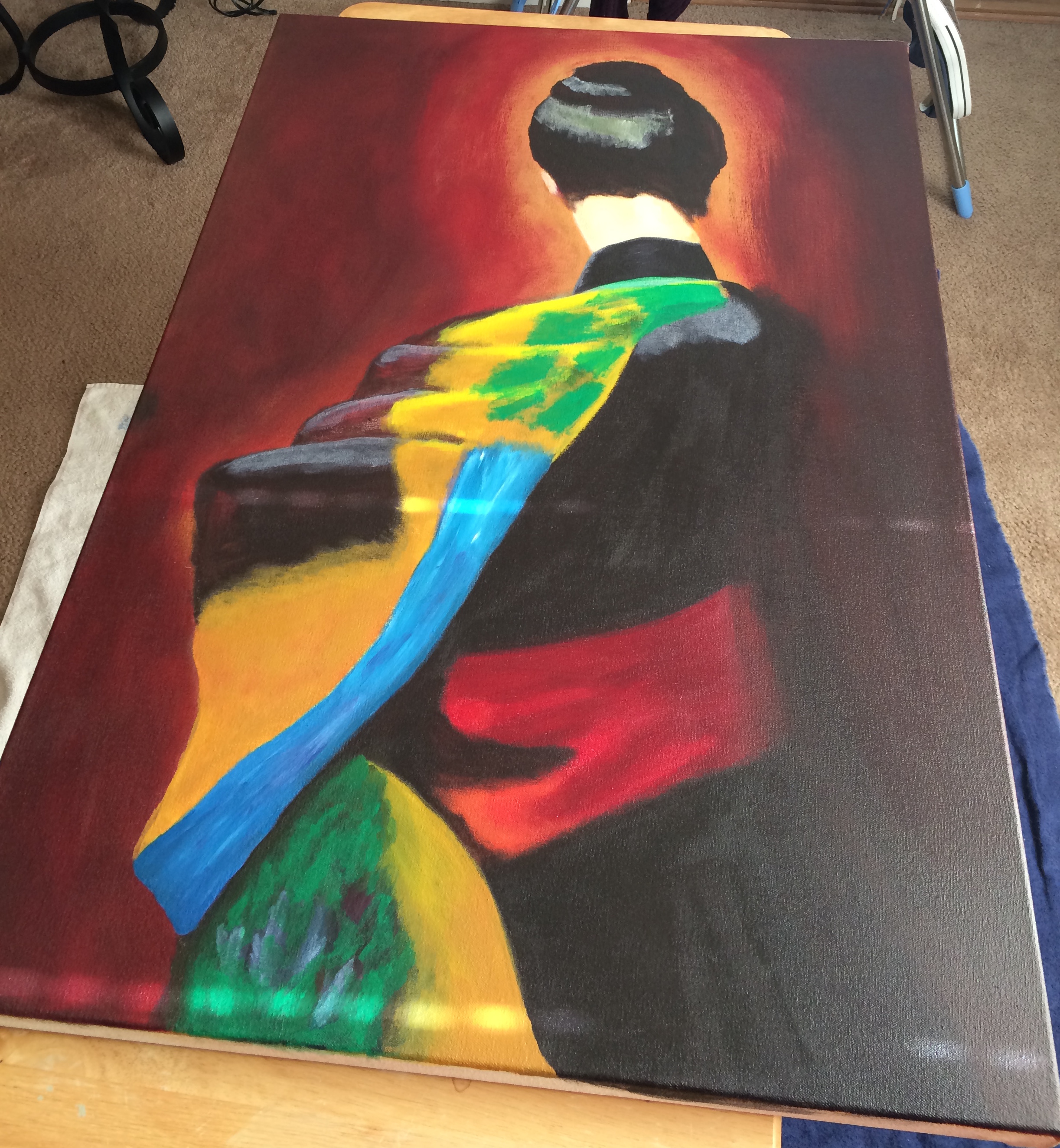
At this point in my journey, I find myself more confident and I find myself appreciating the beauty all around me, but it also goes a bit beyond that. It has been a journey of self discovery, of sorts, in both my artistic ability and as well as my perspective on just about everything. Hopefully, my example shows that if you ever wanted to gain an ability that you once thought out of your reach, you only need to find inspiration and just start.
